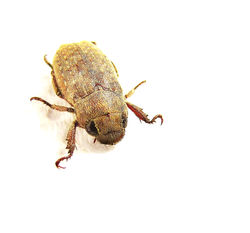cp
©joshimerbinphotos
Natural History
The natural world has been better appreciated, thanks to advances in modern technology. Research studies and environmental awareness projects use natural history photography as an aid to advance our knowledge of the world around us. Howbeit, the grandeur of nature is but a fraction of the experience in photographs. Indeed, it takes a great skill to convey such fraction.
Plant Life
Plants are organisms that operate in complex systems not yet fully understood until today. They may seem to be motionless by themselves and just grow by the sidewalk swaying with the wind. But recent studies have been amplifying the findings that plants actively communicate with each other, and their activity is as busy as other creatures that hop and run around.
 |  |  |
|---|---|---|
 |  |  |
 |  |  |
 |  |
Animal Life
Getting up close to small animals is fairly easy, unless you scare them away. Since the early days of close-up wildlife photography, certain techniques had been developed, many of which are still the foundations of such photography today. But there's one common knowledge among every wildlife photographer throughout history: spiders love to jump at lenses and crawl on the camera.
 |  |  |
|---|---|---|
 |  |  |
 |  |  |
 |  |  |
 |  |  |
 |  |  |
 |  |  |
 |  |  |
 |  |  |